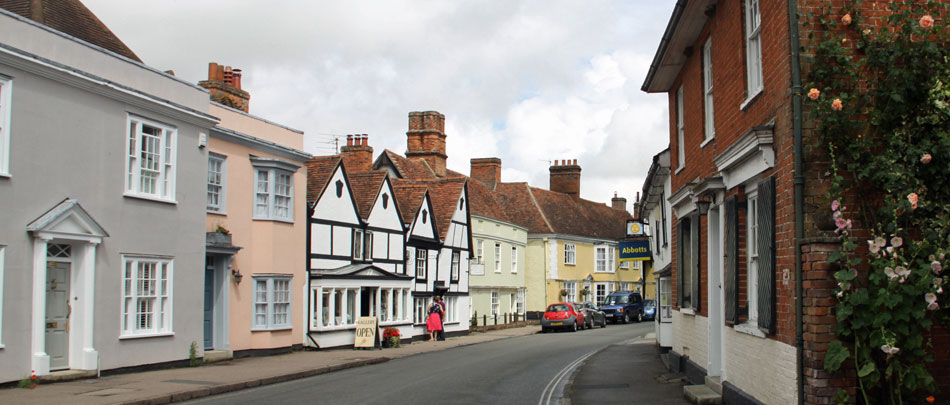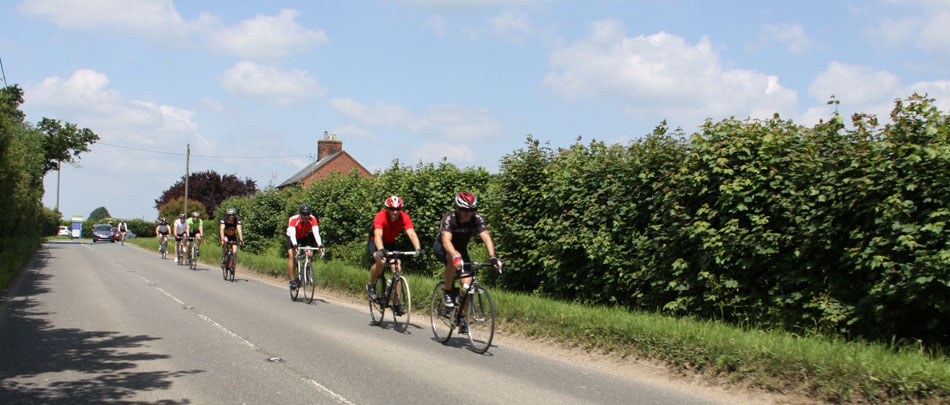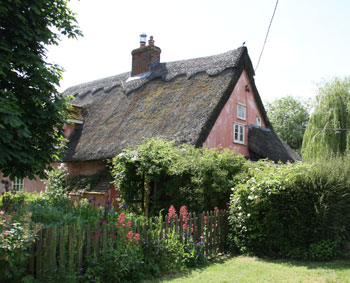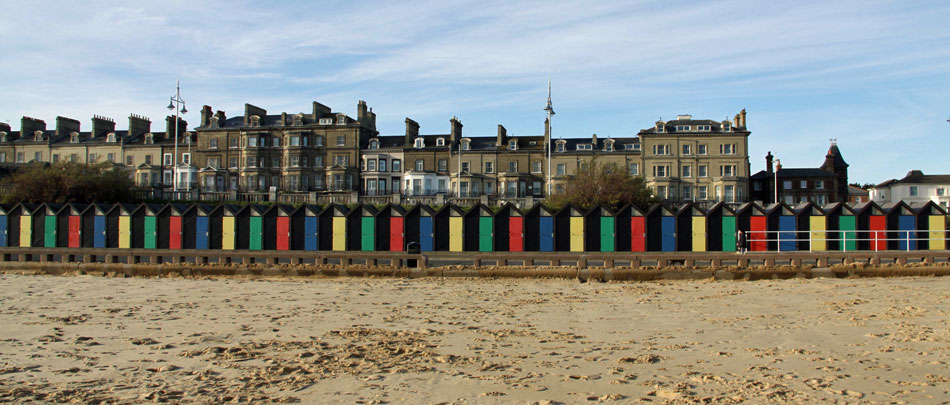Find out where Suffolk is situated within East England and where you would like to stay for a few days holiday

Suffolk is quite lovely, the countryside is very pretty, the villages quaint and fascinating plus there are good beaches. Book a holiday!
 Suffolk lies on the eastern English coast, wedged in between Norfolk to the north, Essex to the south and Cambridgeshire to the west. These counties are often grouped together and referred to as East Anglia.
Suffolk lies on the eastern English coast, wedged in between Norfolk to the north, Essex to the south and Cambridgeshire to the west. These counties are often grouped together and referred to as East Anglia.
Much of the landscape is low lying, very fertile and given over to farming. The prosperity of sheep farmers and associated wool trade in the 17th and 18th century led to the building of numerous handsome houses and cottages. The wealth of ages past is evident in most Suffolk towns and villages and especially the fine churches.
Wealthy Suffolk folk used the believe in funding church building in order to display their riches and gain respect in both this world and the next. There are over 1,000 churches still standing and worth visiting for the history they tell.
Sailing has long been an important activity along the Suffolk coast. Fishermen still sell fresh fish from wooden huts on Aldeburgh Beach. There are marinas and boat yards up and down the coast and lots of sailing clubs.
There are several seaside resorts with excellent beaches. Lowestoft, Felixstowe and Southwold are the largest seaside towns where summer tourists encamp on sunny days. The colourful beach huts line these beaches and are a desirable facility for a seaside holiday. There are more beach huts in East Anglia than anywhere else in the UK.
Suffolk flat landscapes make for idyllic holidays with cycling, walking, rowing and fishing

There are sign posted cycle routes across Suffolk and indeed East Anglia. The naturally flat terrain is perfect for easy cycle rides. There is also the opportunity for mountain biking in Thetford Forest and rope adventures with zip wires at tree canopy level.
 Nature flourishes in Suffolk. Left to its own devices, nature creates some of the most beautiful scenes. Anyone with an interest in wild flowers and wildlife would adore a holiday in Suffolk. All along the Suffolk coast are nature reserves, including RSPB Minsmere, which is a famous bird sanctuary. RSPB Havergate Island is at the Orfordness Havergate Nature Reserve, somewhere to spot waders in the watery circle created by the River Alde.
Nature flourishes in Suffolk. Left to its own devices, nature creates some of the most beautiful scenes. Anyone with an interest in wild flowers and wildlife would adore a holiday in Suffolk. All along the Suffolk coast are nature reserves, including RSPB Minsmere, which is a famous bird sanctuary. RSPB Havergate Island is at the Orfordness Havergate Nature Reserve, somewhere to spot waders in the watery circle created by the River Alde.
Wild flowers flourish on grass verges and the edges of fields. Spring is one of the very best seasons for a Suffolk holiday, the wild flowers are amazing, the trees heavy with pink and white blossom and Suffolk resident keep their gardens well, providing a good display of spring flowering bulbs.
Go for rambles around Suffolk villages during the summer to appreciate their stunning English cottage gardens. Flowers and shrubs grow seemingly haphazardly and yet create simple beauty.
Afternoon tea in a Suffolk tea shop is another regional delight to be enjoyed on holiday or failing that, a good old Suffolk inn with dark brooding beams and a solid oak bar where holidaymakers can purchase Suffolk beers and ciders van be most welcome on a hot summer's day.
No holiday in Suffolk is complete without a visit to Lavenham

There are numerous well preserved medieval villages in Suffolk but Lavenham is one of the best known. There is street after street of ancient houses and cottages, all with acres of history attached.




















